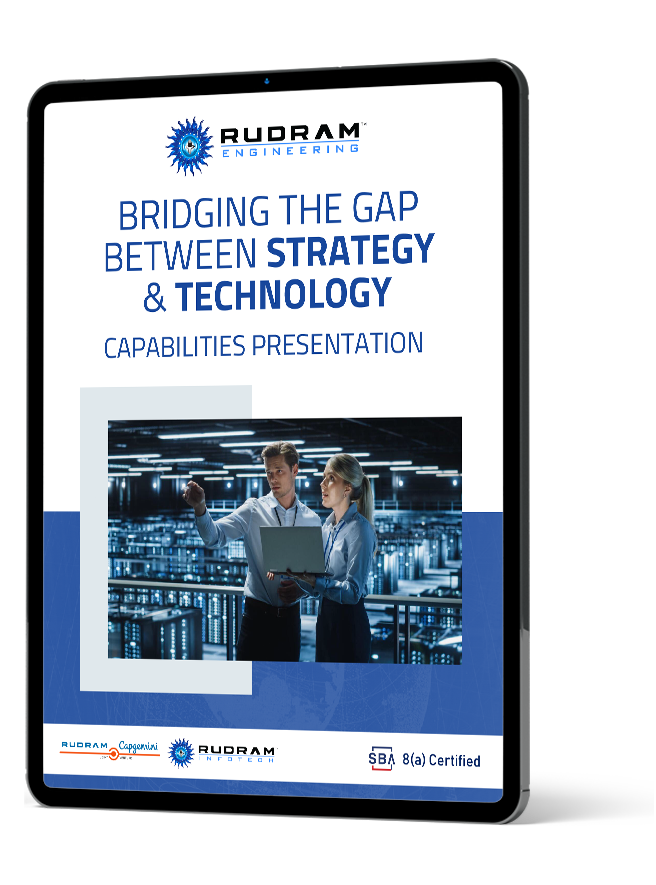Over $44.5 billion in cloud spending goes to waste each year. Clearly, cloud cost optimization is no longer optional, it’s a strategic necessity for modern organizations.
A smart place to begin? Building a solid cloud pricing strategy.
Major providers continue to evolve how they charge for services. With new cloud pricing models, flexible commitments, and varied discount models, it can be difficult to evaluate what’s right for your organization. But simply comparing prices is not enough. The cheapest option on paper may lead to long-term inefficiencies, performance trade-offs, or unexpected overruns.
That’s why forward-thinking teams go beyond price tags. They align cloud decisions with operational efficiency and long-term scalability.
In this guide, we’ll explore the 2025 cloud pricing landscape, offer insights on navigating different models, and show how to manage your spend more intelligently, especially for organizations modernizing infrastructure or pursuing cloud migration.
Understanding where cloud platforms stand today helps you assess pricing in the broader context of platform maturity, service depth, and ecosystem strength.
Leaders in cloud infrastructure continue to expand, offering competitive pricing, regional incentives, and evolving service options. But instead of focusing solely on provider names, organizations should evaluate their specific workload needs, scalability requirements, and performance expectations.
Choosing the right cloud pricing model means evaluating the trade-offs between flexibility, cost predictability, and operational risk. Each model offers benefits for different workload types — from dynamic, short-term needs to predictable, long-term infrastructure plans.
Pricing Model | Description |
On-Demand | Pay-per-use without commitment; ideal for dynamic or short-term workloads. |
Reserved Instances | Commit to resources for 1-3 years in exchange for reduced rates. |
Savings Plans / Commitments | Flexible spending commitments with discounts across services. |
Spot Instances | Buy unused capacity at significant savings; subject to availability. |
Volume-Based Discounts | Automatic rate reductions as usage increases. |
Enterprise Agreements | Negotiated pricing tailored to high-scale requirements. |
While pricing structures aim to offer flexibility, they often introduce significant complexity. Instance types, billing dimensions, region-based pricing, and various commitments create a maze of variables to track.
This is why many organizations adopt structured strategies to manage costs and maintain visibility. Common steps include:
Choosing the right pricing model is only one piece of the puzzle. Without real-time visibility into how cloud resources are being used, it’s easy for costs to spiral out of control.
A cost-intelligent strategy links cloud costs directly to business functions such as applications, departments, or environments. This allows for:
By understanding the drivers behind cloud usage, teams can avoid overspending while accelerating innovation.
Rudram Engineering recognizes that effective cloud adoption goes beyond surface-level price comparisons. It requires strategic, well-informed cloud pricing strategies that align with your organization’s operational needs and long-term objectives.
With the growing complexity of pricing models ranging from pay-as-you-go and reserved instances to volume discounts and spot instances organizations must develop a cost-intelligent approach. This means selecting the right pricing structures, continuously monitoring usage, and proactively managing commitments to avoid waste and overspending.
Whether your goal is to modernize legacy systems or simply reduce cloud spend, Rudram helps decision-makers integrate pricing strategies into the broader infrastructure roadmap. This not only supports scalability and flexibility, but also ensures that cloud cost optimization becomes a core part of your technology and financial planning.
Join Rudram Engineering for a free, live webinar designed for decision-makers seeking to modernize legacy systems while gaining full control over cloud costs.
Reserve your spot now at Rudram Engineering

Rudram Engineering Inc. (REI) is a well-known pioneer in software systems engineering, recognized for its creative solutions and the latest cutting-edge technologies. By focusing its resources on developing cloud-based technologies, REI further employs the power of DevSecOps to build security into the software development life cycle. The company also adopts Agile software development methodologies to be flexible, effective, and quick in delivering quality software solutions. Rudram Engineering Inc. is a name that epitomizes quality with innovation; it establishes new yardsticks in the industry with solid, scalable solutions that meet the dynamic demands of engineering.
As software becomes more complex, the need for thorough testing increases. In 2025, advancements in automated testing, AI-powered testing tools, and continuous quality assurance are expected to play a major role in ensuring reliable software delivery.
Actionable Insight: Thorough testing is essential to ensure that your software meets customer expectations and performs reliably. At Rudram Engineering, we employ comprehensive testing protocols to ensure every product we deliver is both robust and secure, minimizing bugs and maximizing customer satisfaction.
Rudram’s commitment to excellence, transparency, and customer satisfaction sets them apart. They maintain strategic partnerships to harness cutting-edge technologies and expand their capabilities, ensuring that clients receive the best possible solutions.
No-code and low-code platforms are gaining momentum as businesses seek faster, more accessible ways to develop software. These platforms allow individuals with little to no programming experience to build functional applications, reducing the time and cost of development.
Actionable Insight: Incorporating no-code or low-code platforms can speed up your application development, especially for simple or routine tasks. Rudram Engineering leverages these tools when appropriate to accelerate delivery without sacrificing quality or flexibility.